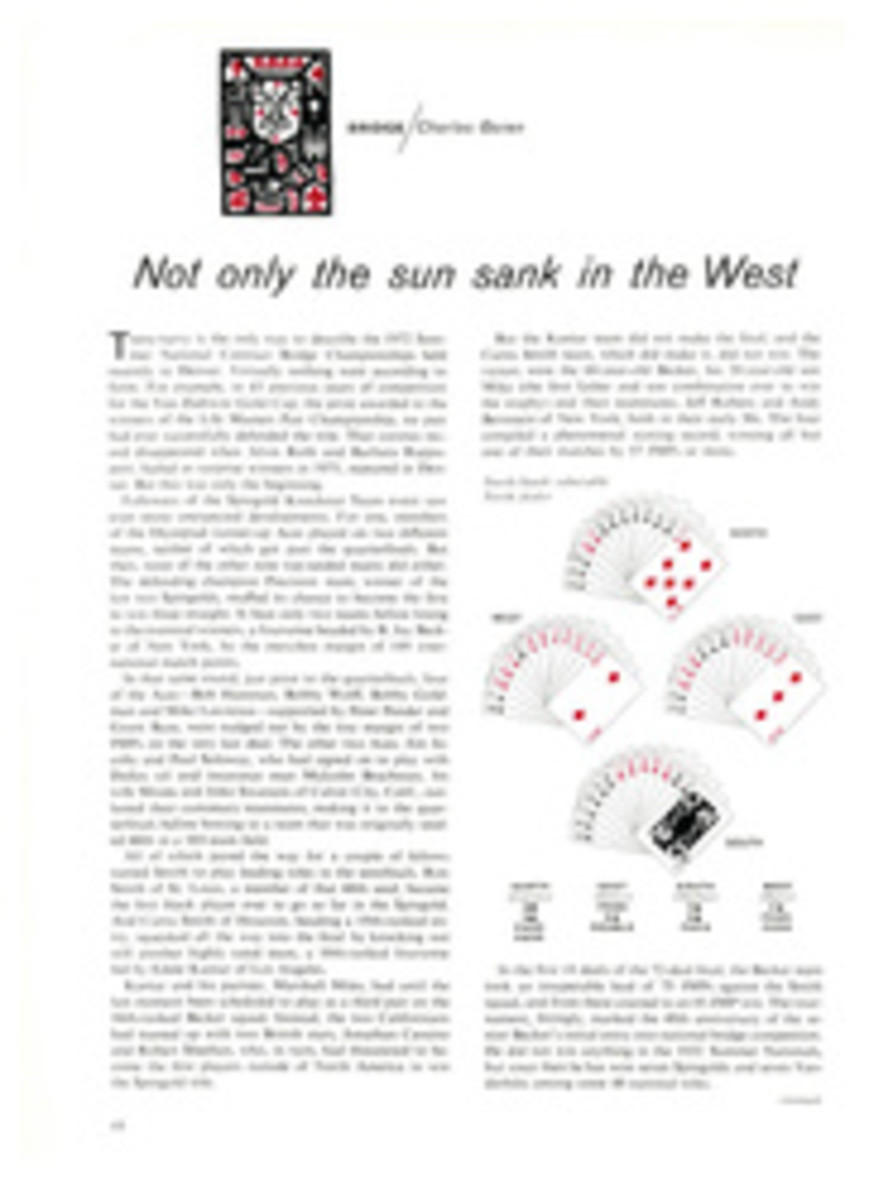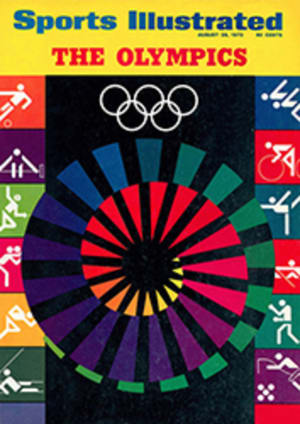
A history of archery from A to Y, and 'Foxfire,' a how-to from the mountain folk
The headless body of the queen was laid for burial in a box of elm designed to hold sheaves of arrows, and this was fitting for she had been fond of archery. Scarcely a year before, her husband the king had paid 33 shillings and fourpence for "Bowys, Arrowys, shafts, brode hedds, bracer and shooting glove" for her. The queen was, of course, Anne Boleyn, second of the six wives of Henry VIII and the first to be beheaded.
This and a hundred other fascinating tidbits enliven the imposing volume The Grey Goose Wing by E. G. Heath (New York Graphic Society, $24.95), which contains 22 color plates and more than 300 black-and-white illustrations. The title refers to the goose feathers used for fletching (or feathering) arrows. "The crooked stick and the grey goose wing" was a fanciful description of the bow and arrow in days gone by.
This is no more a book to be read than is an encyclopedia, but after an excursion among its pages one can only appreciate the bow and arrow, which is among the oldest of man's weapons and sporting instruments, with a life-span of over 50,000 years.
Best known is the longbow—a light, bent and tapered staff about six feet long, made most often of yew and loosing an arrow of between 30 and 36 inches. In its great days a company of 100 bowmen could accurately release 600 arrows a minute on a target. Its peak came when Henry V sent 200 archers to decimate the French flank at Agincourt. The sky, it was said, was darkened by a continuing hail of shafts, and the French horses, bristling with arrows, reared and rolled on their riders.
How the bow and arrow came into being is a matter of conjecture, but arrowheads about 50,000 years old have been found, and a wood bow dating from 2690 B.C. Two dozen fine bows were found in the tomb of Tutankhamen (1362-1344 B.C.). Egyptian bows were light, strong and naturally straight, with astonishing power of penetration. Thutmose III (circa 1480 B.C.) could fire an arrow through a copper target three fingers thick and with such force that the shaft penetrated three hands-breadths on the other side. On an elephant hunt in northern Syria he is said to have killed 120 tuskers.
The longbow often had a pull of 70 pounds, while a composite bow (a wooden core backed by a layer of horn and faced by a layer of hide) had a pull of 120 or more. Since every king was not blessed with a nation of fullbacks, attempts were early made to design a powerful bow that could be used by a weaker man. The result was the crossbow, which was prohibited by Pope Innocent II in 1139 as being "deathly and hateful to God and unfit to be used among Christians." Its use against Turks was thought proper.
Now the practice of archery, once demanded in the national interests in England, lives on throughout the world as a sport. Courses in bowmanship are widely offered, archery clubs flourish and love of the "crooked stick and grey goose wing" provides a curiously strong link between atomic man and his Stone Age ancestor.
—LEONARD WIBBERLEY
Jake Waldroop says he once went turkey hunting and howled like a hoot owl "an' this old gobbler answered me way down—he go, 'Chobalobalob, chobalobalob.' " Minyard Conner says his granddaddy once shot a bear and "that bear said 'OOOOOO Lord,' just as plain!"
Bill Lamb says, "I always was cowardly of a night. After I'uz married, I used t'be awful bad t'sleep with m'head covered up.... M'granddaddy was'ere wi'me, an' he hollered, 'Bill, Bill!' I...rared up an' said, 'What!' He said, 'Somethin's eatin'up ever'one'a yore chickens!' An' I heered 'em goin' 'Cow! Cow! Cow!' I run out on th' porch. Had a awful good dog.... I...tried t'whistle an' couldn't! M'chin kep' jerkin'.... I set in callin' an' here he come, 'n got after that possum. Ran'im along th' rails a'th' fence. You never heered rails fallin' s'much...."
So anybody who likes outdoors stories with plenty of authentic noise in them like these will value The Foxfire Book (Doubleday, $8.95; paperback, $3.95). This assemblage of country lore is the work of a young high-school teacher named Eliot Wigginton and his students at Rabun Gap-Na-coochee School in the north Georgia mountains, who went out into the hills with tape recorders and interviewed their elder neighbors on the lore of their generation.
They found out how to camouflage moonshine (paint the jars buttermilk color), how to find an antidote for the poison of a rattlesnake (tease one until he bites himself accidentally and then follow him to see what herb he eats) and how to recognize a coach-whip snake: "They say they can get around a cow's leg and just run her t'death a'whuppin' her with th' end of their tail."
Not every reader will be able to put all of this information to use. But The Foxfire Book also tells how to build a log cabin, sew a quilt, can tomatoes, dress and cook various wild animals and make a chair. A good many people beyond the Appalachians, readers of such popular guides to the simple life as The Whole Earth Catalog, are finding such skills timely. They make you feel that the collapse of modern civilization might have its bright side.
—ROY BLOUNT JR.

